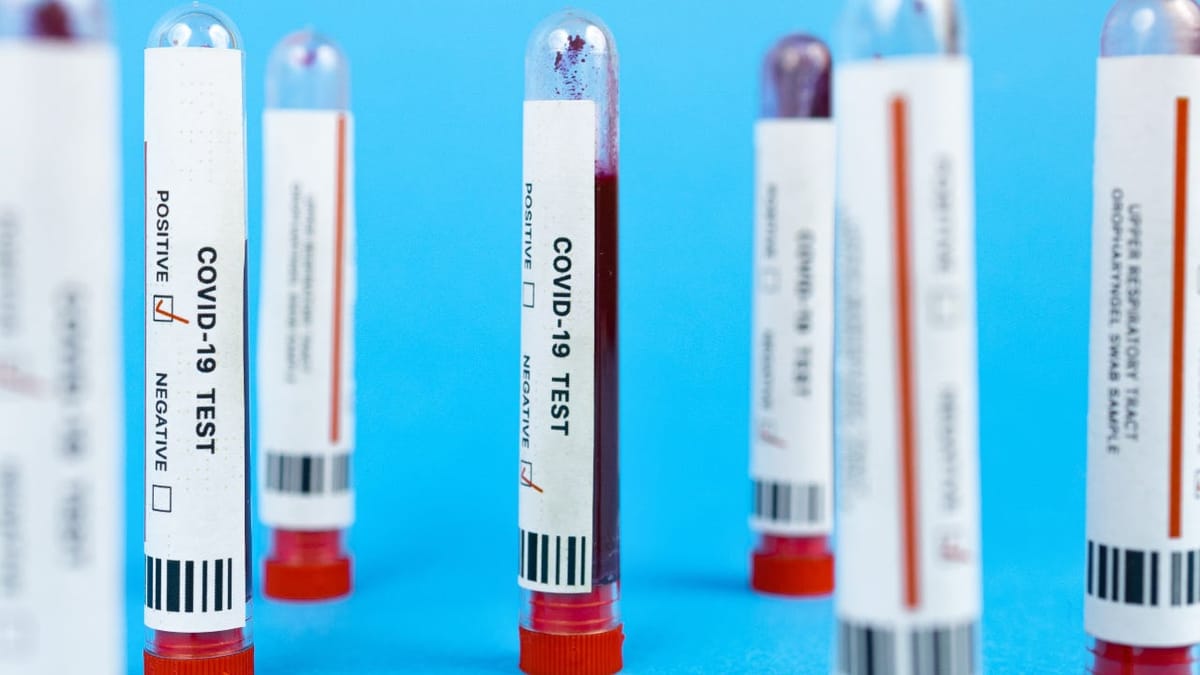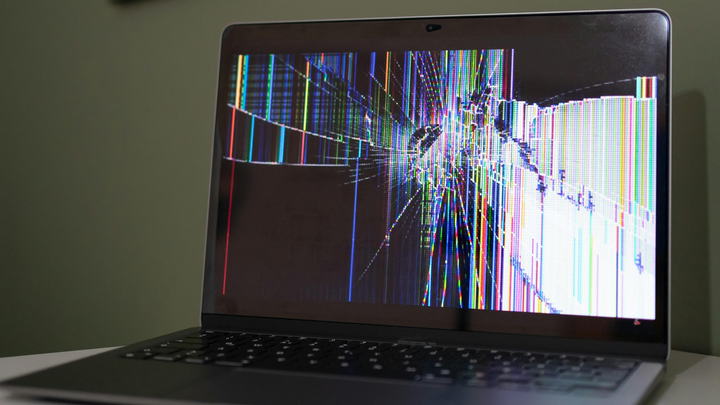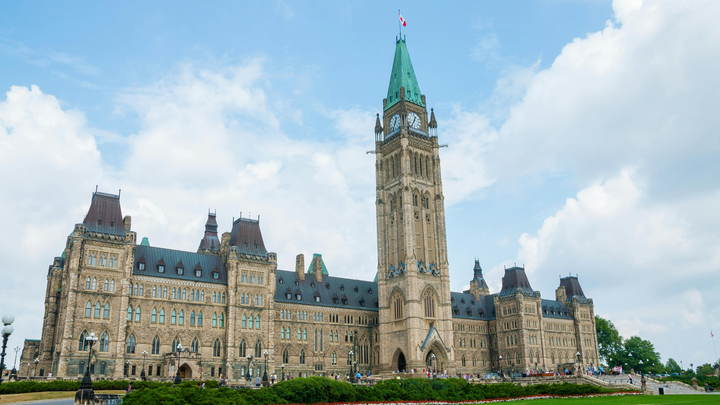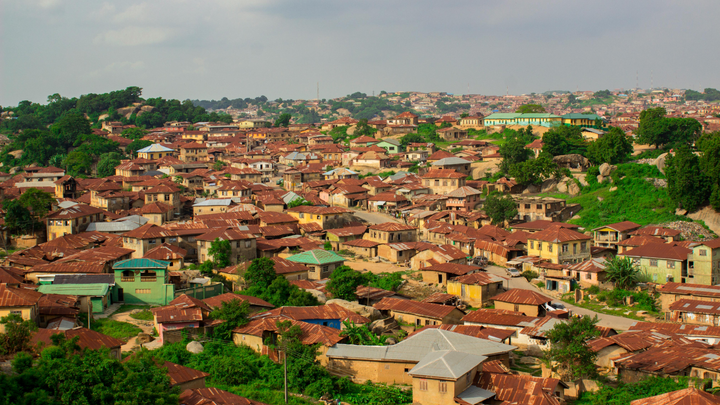News Media Pretends to Care About China’s COVID Stats
After months of indignation over zero-COVID, a rabid news industry continues to trash China

China’s zero-COVID policies were an authoritarian nightmare. They proved that autocracy hurts everyone, because it was the exact same as Mao Tse-Tung’s sparrow policy. It was a fiasco that cost $46 billion a month. Millions of people were locked down and forced to go to the hospital for any positive case, while testing was mandatory. The supply chain was threatened. Censorship was widespread, (despite there only being 2,000 cases nationally in May at the time, down from a previous peak in April). In all this chaos, the Chinese government stuck with the tactic, then doubled down.
Then in December, China responded to protests against zero-COVID measures by loosening restrictions, including mandatory hospital visits for positive cases and mass lockdowns.
China botched the end of zero-COVID and its people are paying the price. Their policy of reopening is just letting the virus rip. The past three years were for nothing. There’s likely to be a million COVID cases a day, and 5,000 deaths from the virus, it’ll be the biggest outbreak the world has ever seen. 248 million people were infected in 20 days, actually, and that includes 37 million on one day. Crematoriums are struggling, hospitals are overwhelmed, their approach is “let whoever needs to be infected infected, let whoever needs to die die.” Official COVID numbers are disputed as body bags fill up crates.
Despite this sharp and obnoxious contrast between reporting on zero-COVID before and after the loosened restrictions, it should be said that news media’s coverage on China’s approach to the pandemic has been entirely consistent. The consistency is that China’s handling of COVID is bad. There is nothing else to be said.
To point out the obvious: yes, there are critiques that could be made of China’s zero-COVID policies. Locking down entire cities on a few cases being reported is not practical or sustainable. Mandatory hospital visits regardless of severity is a strain on the system and not necessary for cases where the individual can be quarantined. These are fair critiques, however these are consistently conflated with effective measures to curb the spread of the virus. Methods like mandatory testing, lockdowns (in specific contexts) and masking help restrict spread of COVID. This is not widely in dispute.
But to assign a good-faith criticism to the media’s coverage of China’s approach to COVID is hopelessly naive. Reporting on COVID in global north states like the USA and Canada has almost completely evaporated from the news media, yet crocodile tears are shed for the people of China.
Canada surpassed 50,000 COVID deaths without a single fucking peep from news media. Our understanding of long COVID is revealing the horrific reality its consequences bring. Repeated infections carry a higher risk of hospitalization and death. Is that a problem? Well when the USA reports 100 million COVID cases and the low-estimate of long COVID hits 5 per cent, that’s five million Americans with long COVID (high estimates of long COVID hit 50 per cent, by the way). That includes the majority of Canadians, who have been infected with COVID, including 70-80 per cent of youth. Despite this, Biden’s administration (which has overseen more COVID deaths than Trump) is drastically reducing its COVID response “as Covid Explodes in China.”
Meanwhile, the CBC’s reporting on COVID infections mirrors a cold memo rather than its reporting on China’s “suspect” case numbers. One story tells us that COVID-19 levels are rising “slightly.” The relation our lack of pandemic response has to our crumbling healthcare is minimal, garnering a solitary mention in a Global News story.
Where’s the headlines critiquing the US and Canada’s policy of letting COVID rip? They’re from a year ago. Right now? Nowhere in sight.
Oh, and as a quick side note, life expectancy in the US reached a 25-year low because of COVID. Not sure if you were aware, but don’t feel guilty if you weren’t. This has gotten nowhere near the amount of headlines as China’s COVID issues.
Really though, it’s hard to fully point out the contrast between news media’s coverage of COVID in their respective countries compared to China. At best, COVID deaths, infections and hospitalizations resemble a footnote when occurring in the global north. When it happens in China, a country with a population of almost 1.5 billion people, there are panicked concerns over the people left to die by a cruel authoritarian regime that crushes the human spirit and body. This solely happens over there. The reporting uses China’s population to scale percentages into much more shocking metrics. Here? The pandemic is white noise in the background. Mask mandates aren’t even considered. Stories about claimants who have been seriously injured by vaccinations receive more coverage than 50,000 dead Canadians from an ongoing pandemic.
A robust and nuanced critique of COVID policies in the press has died a slow and prolonged death over the course of 2022. Wastewater tests were the only way to reliably source case numbers after severely restricted testing, while public health restrictions eventually stopped completely, hospitals subsequently became overrun with cases. The news media was largely a willing partner in this, only offering mild critique at the best of times. But now they’re attempting to resurrect these concerns only when China’s COVID strategy has changed.
Whether or not China’s policies are deserving of critical examination is not even a question we should ask. What we should ask is why the news media has shifted to such harsh condemnations after months of demanding these changes happen, and why our governments don’t face the same scrutiny. The pandemic is ongoing and its effects are devastating, but if we only recognize that fact when a rival country deals with that reality, we see where interests lie.




Comments ()